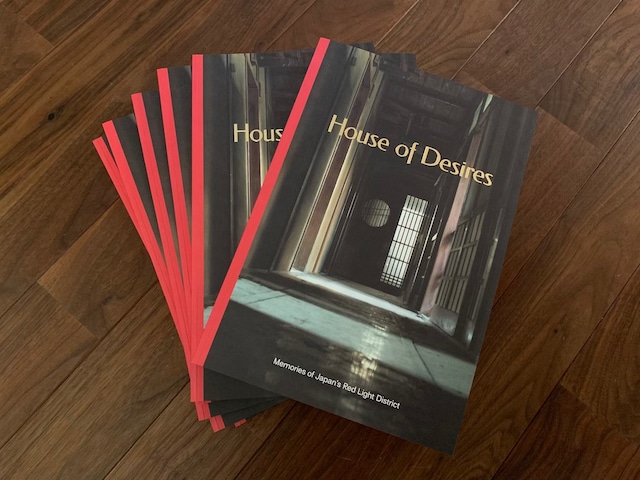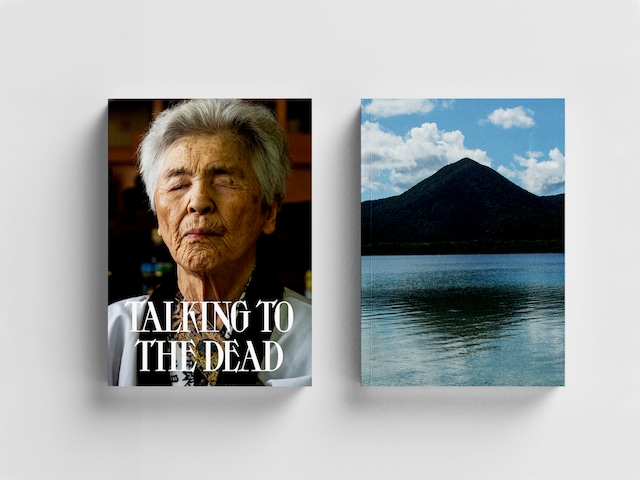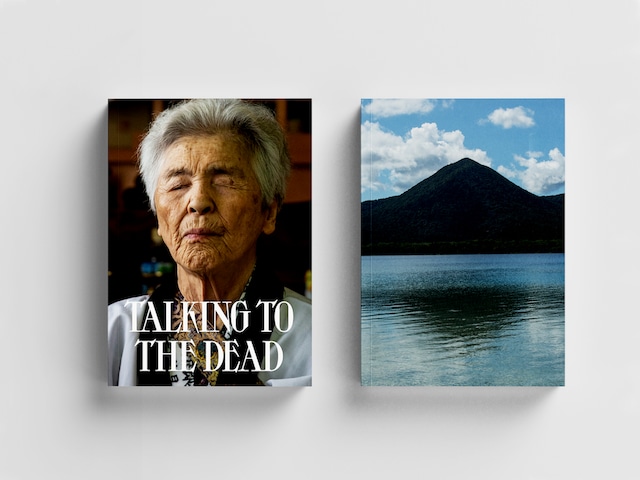『House of Desires』 ※Book description in English
¥5,500
なら 手数料無料の 翌月払いでOK
Yukaku, the Japanese name for these red-light districts, existed from the first half of 17th century until the postwar period. A Yukaku was a neighborhood containing government-approved brothels which were surrounded by walls and moats. Yoshiwara Yukaku, in Edo (the old name for Tokyo), was one of the most famous examples. In fact, many manga and Japanese movies have stories set in brothels, including “Damon Slayer (Kimetsu no Yaiba)“, a box office hit in 2020, and the Japanese classic “Street of Shame” by Kenji Mizoguchi. That explains why many Japanese people are interested in Yukaku as a part of their history.
It was built in 1929, in the red-light district called Tobita Yukaku, in Osaka. After the full enforcement of the Anti-Prostitution Act of 1958, it continued its sex business under the guise of a restaurant called Masumi. (After 1958 Tobita Yukaku changed its name to Tobita Shinchi; they still provide sex services even now.) After closing its business in the latter half of the 1990’s, it has been left empty. It is dilapidated after being abandoned and exposed to the ravages of time. It can be torn down any moment.
However, once you enter the building, everywhere you see the unique features of brothel architecture of the first half of the 1900’s when Japanese culture fused with western influences.
We decided to make a photobook of Masumi by collecting the memories of brothels that remain in their abandoned state. So that we can keep a record of the history of Japanese brothels from the 1700s, their architecture, and characteristics. Through what remains of Masumi, we can learn much about the culture and customs of the brothels of the past before it’s demolished.
The photobook is written in both Japanese and English. We are selling this photobook on the following website. Since the photobook will be shipped from Japan, it may take longer to arrive. We appreciate your understanding.
●Contents of the book
In addition to the photos and captions of Masumi, we interviewed the following people and summarized their comments. The photos below are some examples from the photobook.
1. Memory and legacy of Tobita Shinchi, the last red-light district
(by Kunihiro Tokuyama, president of the Tobita Shinchi Restaurant Association)
※Interview of the person in charge of the union that manages the red-light district of Tobita Shinchi
2. “Tobita Yukaku is a pioneer of the “Quick, cheap and direct sex trade”
(by Ashita Saga, Professor at the Department of Japanese History, Graduate School of Literature and Human Sciences, Osaka City University)
※History, transition, and international criticism of the red-light districts in Japan
3. Tobita Yukaku is an homage to Edo Yukaku
(by Shinya Hashizume, the Architectural historian)
※The architectural characteristics of brothels in Japan
4. Arguing if sex work is right or wrong, an uncomfortable dilemma
(by Ritsuko Inoue, the Non-fiction writer)
※The viewpoint of a journalist who interviewed the brothel owners, prostitutes, and other female workers and wrote pieces about it. She talks about their circumstances, human rights, and the current ordeal of prostitutes.
5. Preserving the past
(by Shinichiro Kaneda, writer and journalist)
※Why it is important to preserve what exists now before it disappears. An essay by an experienced journalist.
※144 pages, 220x220mm, soft cover, title stamped with gold leaf, full color offset printing and spot colors

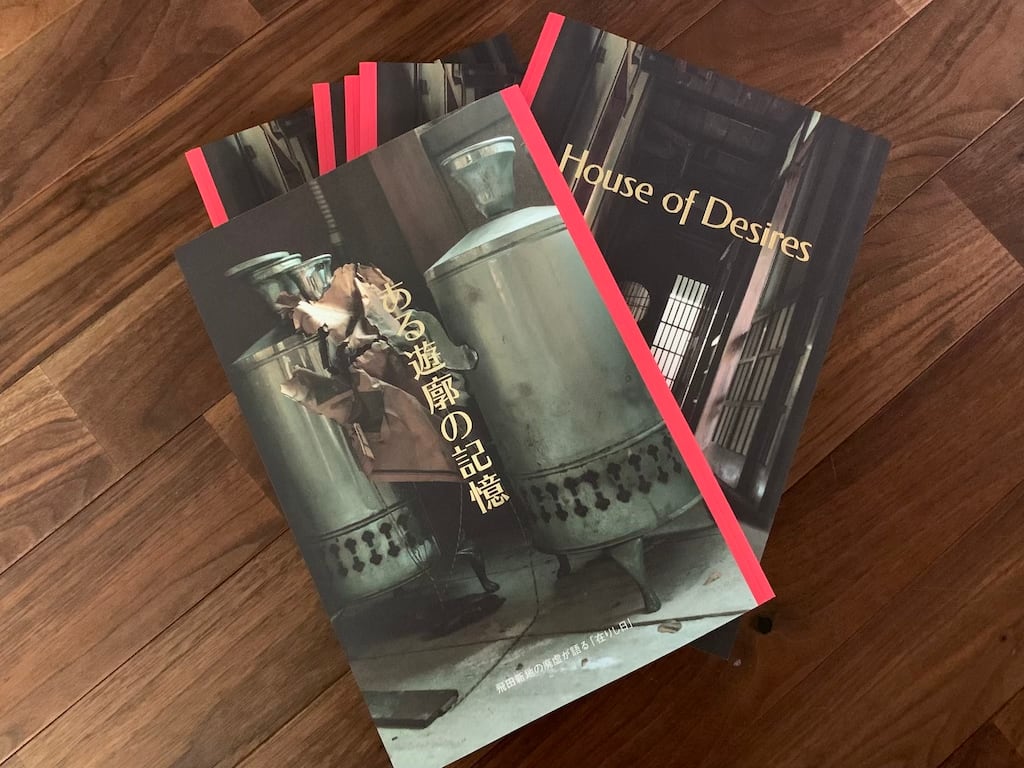


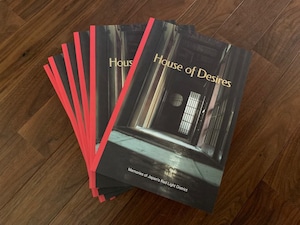




 とは?
とは? 